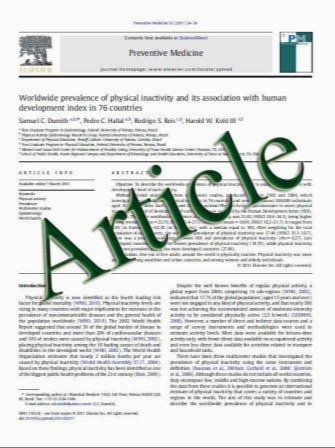Multimodality Neuromonitoring and Decompressive Hemicraniectomy After Subarachnoid Hemorrhage
- نوع فایل : کتاب
- زبان : انگلیسی
- مؤلف : Robert Morgan Stuart ئ Jan Claassen ئ Michael Schmidt ئ Raimund Helbok ئ Pedro Kurtz ئ Luis Fernandez ئ Kiwon Lee ئ Neeraj Badjatia ئ Stephan A. May
- چاپ و سال / کشور: 2011
Description
Background and Methods We report the case of a young woman with delayed cerebral infarction and intracranial hypertension following subarachnoid hemorrhage requiring hemicraniectomy, who underwent multimodality neuromonitoring of the contralateral hemisphere before and after craniectomy. Results Intracranial hypertension was preceded by signs of ischemia and impaired brain metabolism diagnosed through cerebral microdialysis and PbtO2 monitoring, as well as a decrease in cerebral perfusion pressure (CPP) to<40mmHg despite increasing vasopressor requirements. We describe how a comprehensive multimodality neuromonitoring approach was utilized to inform the decision to perform an early decompressive hemicraniectomy. Post-operatively, CPP and intracranial pressure (ICP) normalized, and the patient was weaned off all pressors within hours. The modified Rankin score at 3 and 12 months was 5. Conclusions Delayed rescue hemicraniectomy can be lifesaving after poor grade SAH. The role of multimodality brain monitoring for determining the optimal timing of hemicraniectomy deserves further study.
Neurocrit Care (2011) 15:146–150 DOI 10.1007/s12028-009-9264-2 Published online: 8 August 2009


